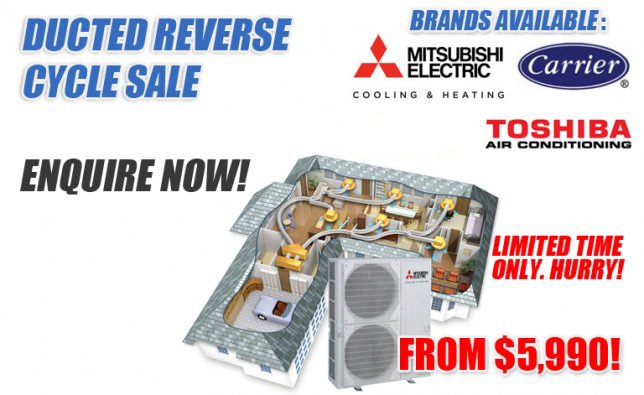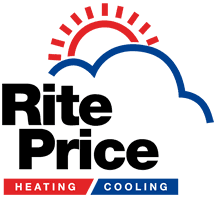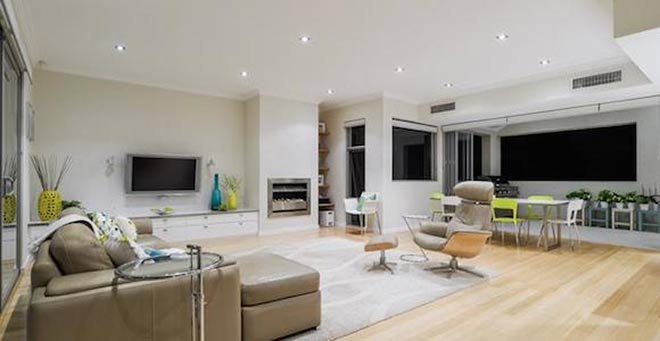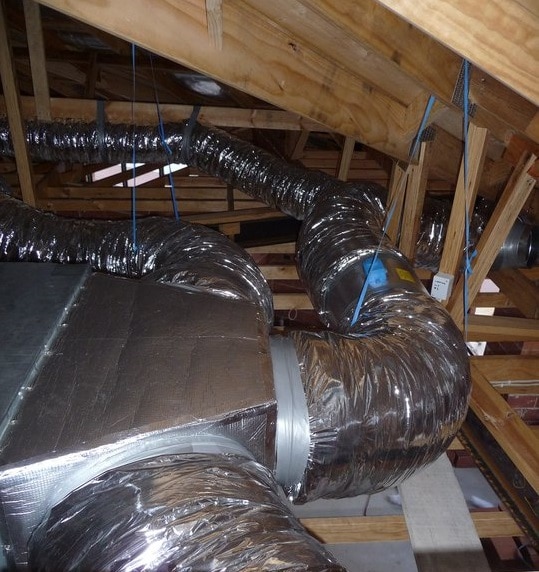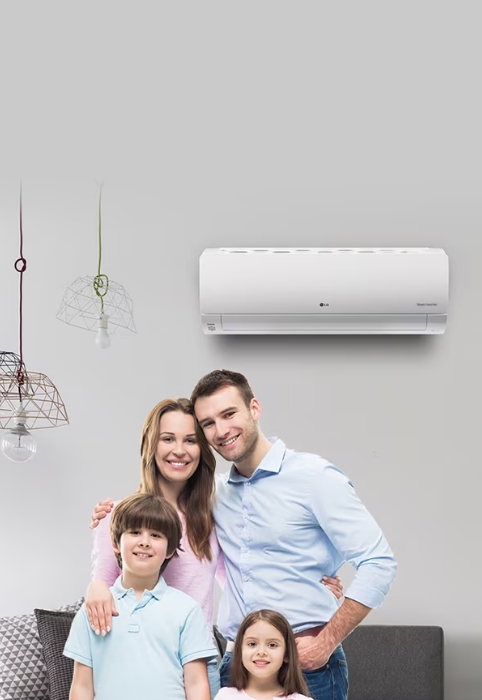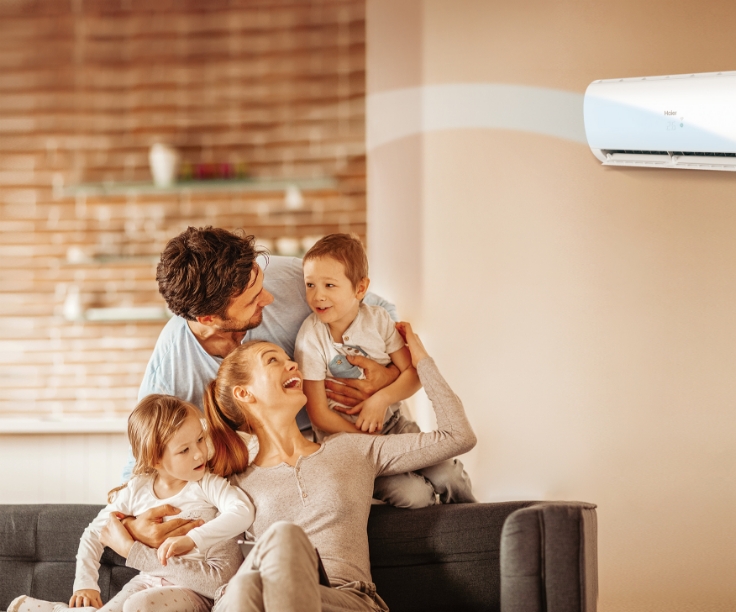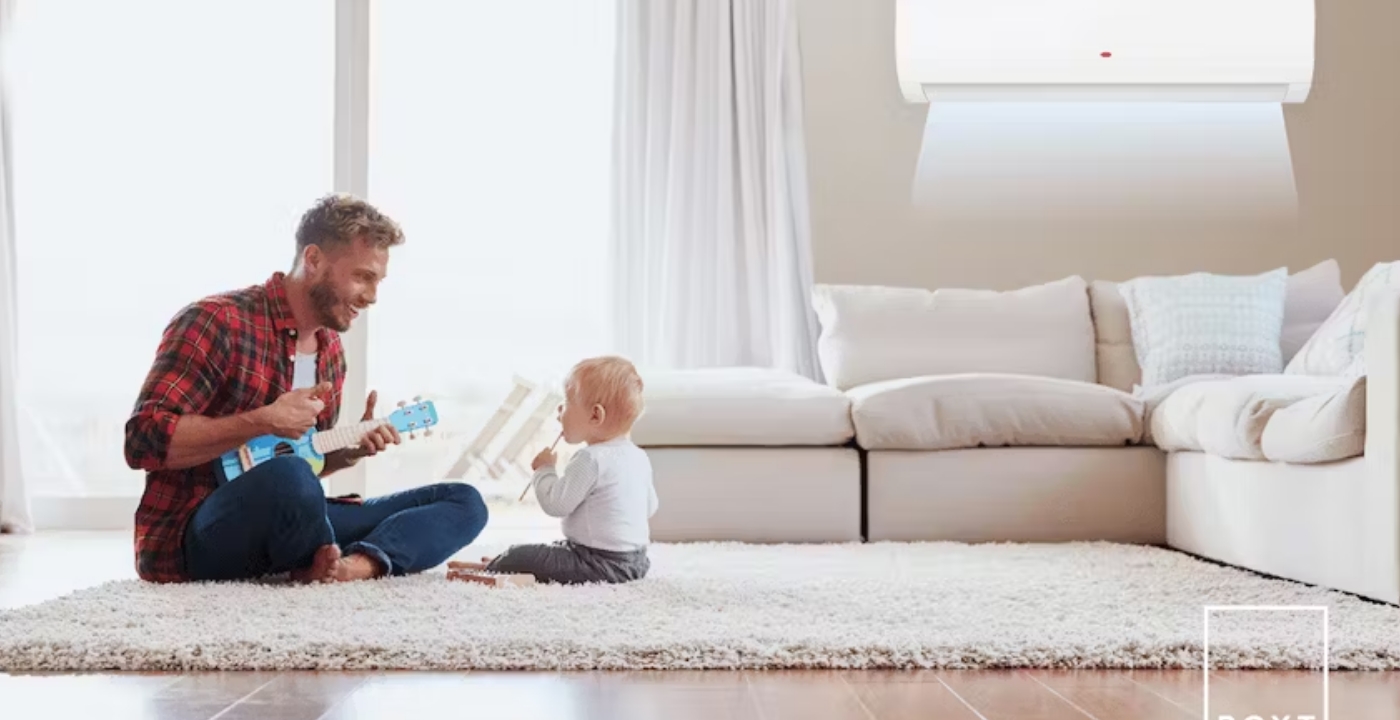Ducted Air Conditioning Cost
Ducted Air Conditioning Cost
This post looks into the feasibility and cost involved to install and maintain a ducted air conditioning system. Ducted air conditioning cost varies by brand and model, depending on system size. The running cost of a ducted air conditioner also depends on how energy efficient the brand and model is.
Before we jump into a discussion of the cost of ducted air conditioning, let’s do a quick intro into what Ducted Air Conditioning is and what home scenario is it more suited for.
Ducted Air Conditioning Cost – Quick Intro
Ducted Air Conditioning is a widely preferred form of air conditioning. Alternatives to ducted air conditioning will include Split System and Evaporative air conditioning. To put things into perspective and help you understand the key differences between different systems, here’s a short overview of each type of air conditioning system.
Ducted Air Conditioning
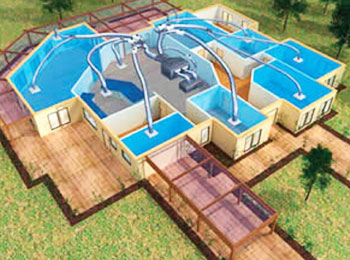 Ducted Air Conditioning is quite simple in design. It is made up of an internal and an external compressor. These are usually located in a secluded part of the house – at the back or sides of the house.
Ducted Air Conditioning is quite simple in design. It is made up of an internal and an external compressor. These are usually located in a secluded part of the house – at the back or sides of the house.
The internal unit is also often mounted into the roof space. Ducted air conditioning uses ducts to distribute the conditioned air throughout a home. All the ducts are hidden in the roof and wall spaces, so the only part of the air conditioner that you can see are the air vents.
Also known as Central Air Conditioning, ducted air conditioning is very popular for it’s versatility and minimalist design.
Split System Air Conditioning
Split System air conditioning is another popular choice. It comprises of a main compressor that serves multiple wall units (aka fan coils). The wall units are mounted on the walls of each room that requires air conditioning.
All the heating and cooling is done at the compressor and the warm/cold air is then passed on to each wall unit which blows the air into a room or space. Split Systems are the conventional form of air conditioning that most people know and love. You can control each wall unit separately.
Split systems come with many features. Most of these features are incorporated as part of the wall units. Some features include air filtration/ionisers, advanced airflow controls and 3D sensors – all enhancing the comfort level of a home.
Evaporative Air Conditioning
Evaporative air conditioners have become increasingly popular with home owners – especially those who value better air quality. It also uses a similar ducting setup as the ducted reverse cycle, but the key difference is that it relies on evaporation for cooling the air.
Warm air is drawn into the evaporative air conditioner, passed through wet cooling pads where evaporation cools the air, and thrown back out into the home. Since it uses evaporation and not refrigeration to produce the cool air, the resulting air is not as cold and crisp as that from a ducted reverse cycle or split system air con.
However, the air has a better air quality and feels more natural – like a cool breeze. This is due to the evaporative process, which produces air with a higher moisture content. This air is easier to breathe and gentler on the skin. Families who value air quality would prefer evaporative over the other systems.
Ducted Air Conditioning Cost – How To Compare Prices?
Given the vast number of brands and models available in the market for ducted air conditioning, it would not be possible to compare all the prices and running cost granularly. What would be better is to examine the cost difference between the types of air conditioners. So you can decide which air conditioner type fits your budget – both in terms of installation and long term running cost.
Ducted Air Conditioning Cost – Installation Cost Comparison
Higher Upfront Cost, But Greater Coverage
When comparing systems, the ducted air conditioning cost is typically the highest in terms of upfront installation. However, it’s crucial to ensure you’re comparing similar system sizes between ducted, split systems, and evaporative cooling options. A ducted system is often 20–30% more expensive—and sometimes even up to 50% more—than split or evap units.
Why Ducted Systems Cost More
The higher cost of ducted air conditioning is justified by its capacity and functionality:
Whole-Home Climate Control: Ducted systems act as central air conditioning, covering larger areas—including complex, multi-storey layouts.
Cost-Effective for Larger Homes: In big homes, using multiple split systems may require several compressors and wall units, which can quickly surpass the cost of one ducted system.
Aesthetic Appeal: Unlike split systems, ducted systems are discrete and do not interfere with interior design.
Reverse Cycle = Year-Round Value
Modern ducted systems often come with reverse cycle capabilities, meaning they can provide both heating and cooling. This dual-functionality makes them a great all-season solution:
Evaporative cooling only provides cool air, so you’ll need an additional gas heating system for winter—adding to the total cost.
With ducted reverse cycle air conditioning, you get both functions in one system, making the initial investment more worthwhile.
Typical Pricing Breakdown
Here’s a general idea of what you can expect when budgeting for ducted air conditioning:
Entry-level systems start from around $5,990 fully installed
Larger or more complex installations can exceed $10,000, depending on the number of zones, rooms, and ducting required.
Brand Comparison: Mitsubishi vs Others
In terms of pricing between brands:
Mitsubishi Electric tends to sit at a 10–20% premium over other leading brands like Toshiba, Carrier, and Braemar.
This premium reflects Mitsubishi’s reputation for reliability, energy efficiency, and a strong support network.
Many homeowners choose to pay more upfront for peace of mind and long-term performance.
While the ducted air conditioning cost may seem higher initially, it offers superior coverage, year-round comfort, and long-term value—especially for larger homes. For homeowners seeking an efficient all-in-one solution, ducted systems continue to be a worthwhile investment.
Want to learn more or get a quote? Visit our Ducted Air Conditioning page.
Ducted Air Conditioning Cost – Running Cost Comparison
In terms of running running costs, it’s harder to run a fair comparison.
For example, it all depends on how many zones you usually turn on – vs how many wall units of a split system you would use concurrently. If you have many wall units in operation concurrently, the the running cost compared to a ducted air conditioner of similar system size, may be on par.
As each wall unit consumes a set amount power to run it. However, if you only are a low usage user, then the split system would be more economical as you can turn on each wall unit separately – as an when needed.
Most air conditioning systems nowadays come with Inverter Technology. The inverter systems are far more energy efficient than previous non-inverter models and have closed the gap between running cost of split systems and ducted reverse cycles.
In terms of running cost, the Evaporative takes the crown. Evaporative air conditioning uses the natural process of evaporation. This requires much less power to produce the cooling. Compared to a ducted reverse cycle air conditioner, the running cost of an evaporative air conditioner is touted to as low as 10-20% that of an equivalent-sized ducted reverse cycle. Seeley International, a leading manufacturer of evaporative air conditioning, states that running an evap cost as little as running a light bulb over a one year period. So if you are looking for the lowest running costs, an evaporative air conditioner may be your thing.
We hope this informative post about ducted air conditioning cost has helped you in your research. If you need more help or personalised advice from one of our expert consultants, please call us at 1300-Cooling. We will help review your home plans and recommend the best ducted air conditioning system for your home.
